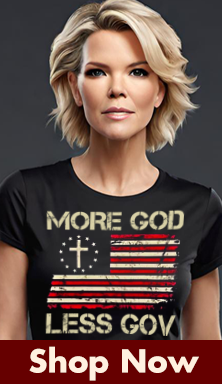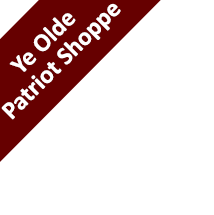{snip} Beyoncé went ahead and gathered up some of the genre’s legends — Willie Nelson, Dolly Parton and Linda Martell — for the release of her latest full-length, “Cowboy Carter,” which VP Kamala Harris recently referred to as an inspiration. {snip}
In a post to X (formerly Twitter) on the day the album was released, Harris expresses her appreciation to the artist directly, writing, “Beyoncé: Thank you for reminding us to never feel confined to other people’s perspective of what our lane is. You have redefined a genre and reclaimed country music’s Black roots. Your music continues to inspire us all.”
{snip}
The post Kamala Harris Praises Beyoncé for Reclaiming Country Music’s Black Roots appeared first on American Renaissance.
Click this link for the original source of this article.
Author: Henry Wolff
This content is courtesy of, and owned and copyrighted by, https://www.amren.com and its author. This content is made available by use of the public RSS feed offered by the host site and is used for educational purposes only. If you are the author or represent the host site and would like this content removed now and in the future, please contact USSANews.com using the email address in the Contact page found in the website menu.






